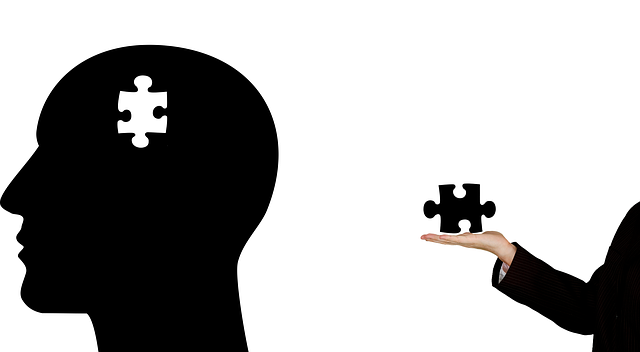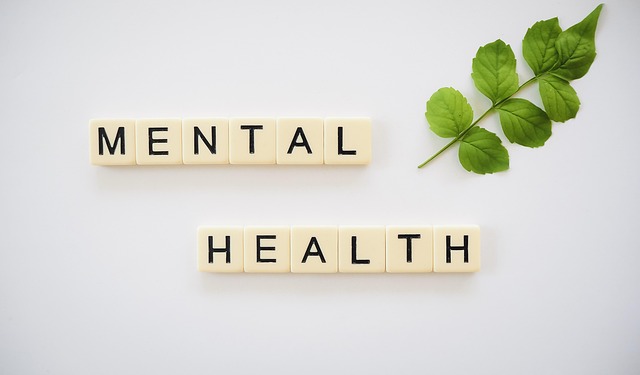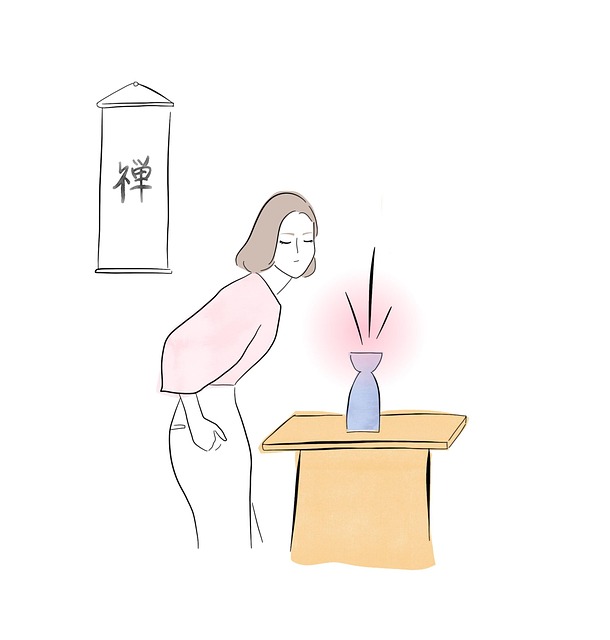Early identification of mental health issues in children through biofeedback therapy and creative approaches like art, music, and movement is key to their healthy development. Biofeedback teaches kids coping mechanisms to manage stress and anxiety, while open communication, mindfulness, and social-emotional learning build resilience. These strategies not only support individual mental health but also contribute to robust Mental Health Policy, ensuring access to resources for all young people. Proper healthcare provider training in cultural competency is vital for offering sensitive, tailored support to diverse populations.
Mental wellness promotion among children is a growing priority, with early intervention strategies proving vital. This article explores diverse approaches to enhance mental health support for kids. We delve into understanding mental wellness in children and its significance, examining biofeedback as an effective therapy tool. Additionally, we discuss creative techniques that can revolutionize mental health care. By combining these methods—early intervention, biofeedback, and creative practices—we aim to empower parents, educators, and healthcare providers with tools to foster resilient and thriving young minds.
- Understanding Mental Wellness in Children: Early Intervention Strategies
- The Power of Biofeedback and Its Role in Therapy for Kids
- Incorporating Creative Techniques to Enhance Mental Health Support
Understanding Mental Wellness in Children: Early Intervention Strategies

Understanding Mental wellness in children is a critical aspect of fostering healthy development. Early identification of mental health concerns is key to effective intervention and can significantly impact a child’s long-term well-being. Children, like adults, experience a range of emotions and can struggle with anxiety, depression, trauma, or attention issues. Recognizing these challenges early on allows for the implementation of tailored strategies. One such approach is biofeedback therapy, which teaches children coping mechanisms to manage their physical responses to stress, thereby improving their mental wellness.
Early intervention strategies focus on building resilience and promoting healthy habits. This includes encouraging open communication about emotions, teaching self-regulation skills like mindfulness and deep breathing, and enhancing social-emotional learning. By investing in these strategies, we not only support individual children’s mental health but also contribute to the development of a robust Mental Health Policy Analysis and Advocacy framework, ensuring that all young people have access to the necessary resources for confidence boosting and self-esteem improvement.
The Power of Biofeedback and Its Role in Therapy for Kids

Biofeedback is a powerful tool that’s gaining recognition in therapy for children, offering a unique and effective approach to mental wellness coaching programs. It involves using electronic sensors to provide real-time feedback on physiological responses, helping kids develop coping skills and gain control over their bodies’ reactions. Through this process, children can learn to manage stress, anxiety, and even physical symptoms associated with trauma, thereby enhancing their overall emotional well-being.
The development of biofeedback techniques has significantly contributed to the array of trauma support services available today. By teaching kids how to regulate their heart rate, skin conductance, and muscle tension, therapists can empower them to respond calmly in stressful situations. This not only benefits their current mental state but also equips them with lifelong coping skills, fostering resilience and a sense of control over their emotional experiences.
Incorporating Creative Techniques to Enhance Mental Health Support

Incorporating creative techniques into mental health support systems has emerged as a powerful approach to enhancing well-being, especially for children. Beyond traditional therapy methods, creative practices such as art, music, and movement offer unique avenues for self-expression and emotional release. For instance, children struggling with anxiety or trauma might find solace in painting their feelings or dancing to express their inner turmoil. These artistic outlets can facilitate communication when words seem insufficient, providing a means to process complex emotions and experiences.
Biofeedback, another innovative tool, teaches individuals to control certain body functions, like heart rate and muscle tension, which are often associated with stress and anxiety. This technique empowers people to gain better awareness of their physical states and learn relaxation strategies. In the context of therapy for children, biofeedback can be a game-changer in managing mental illness symptoms while fostering self-regulation skills. Additionally, healthcare provider training in cultural competency is essential, as it ensures professionals are equipped to offer sensitive support tailored to diverse populations, contributing to stigma reduction efforts and more inclusive emotional well-being promotion techniques.
Promoting mental wellness in children requires a multifaceted approach, from early intervention strategies to innovative techniques like biofeedback and creative arts therapies. By integrating these methods, we can enhance support systems and improve outcomes for kids facing mental health challenges. Biofeedback, in particular, offers a powerful tool to empower both children and their therapists, enabling more effective navigation through the landscape of mental wellness.











